Near Net Shape Sintering: Precision Manufacturing for Efficient and Complex Component Production
Near net shape sintering is a manufacturing process used to produce complex-shaped components with a high level of precision, often eliminating or minimizing the need for additional machining or finishing operations. The term "near net shape" indicates that the final product is very close to the desired shape, requiring minimal additional processing.
Sintering is a process in which powdered materials are compacted into a specific shape and then heated to a temperature below the melting point of the material. During sintering, the powder particles bond together, resulting in a solid and cohesive structure. Near net shape sintering aims to achieve the desired final shape as closely as possible during the sintering process itself.
Key features of near net shape sintering include:
- Material Efficiency: The process minimizes material waste by forming parts very close to their final shapes, reducing the need for excess material that would be removed during subsequent machining.
- Cost-Effectiveness: Since less material is wasted, and there is reduced need for machining, near net shape sintering can be more cost-effective compared to traditional manufacturing methods.
- Complex Geometry: Near net shape sintering is particularly useful for producing components with intricate or complex shapes that would be challenging or expensive to machine using traditional methods.
- High Precision: The process allows for tight tolerances and high precision in the final product, meeting the requirements of many industries, including aerospace and automotive.
- Customization: Near net shape sintering is adaptable to various materials, including metals, ceramics, and polymers, making it suitable for a wide range of applications.
While near net shape sintering offers several advantages, it may not be suitable for all applications, and the choice of manufacturing method depends on factors such as material properties, part complexity, and production volume.
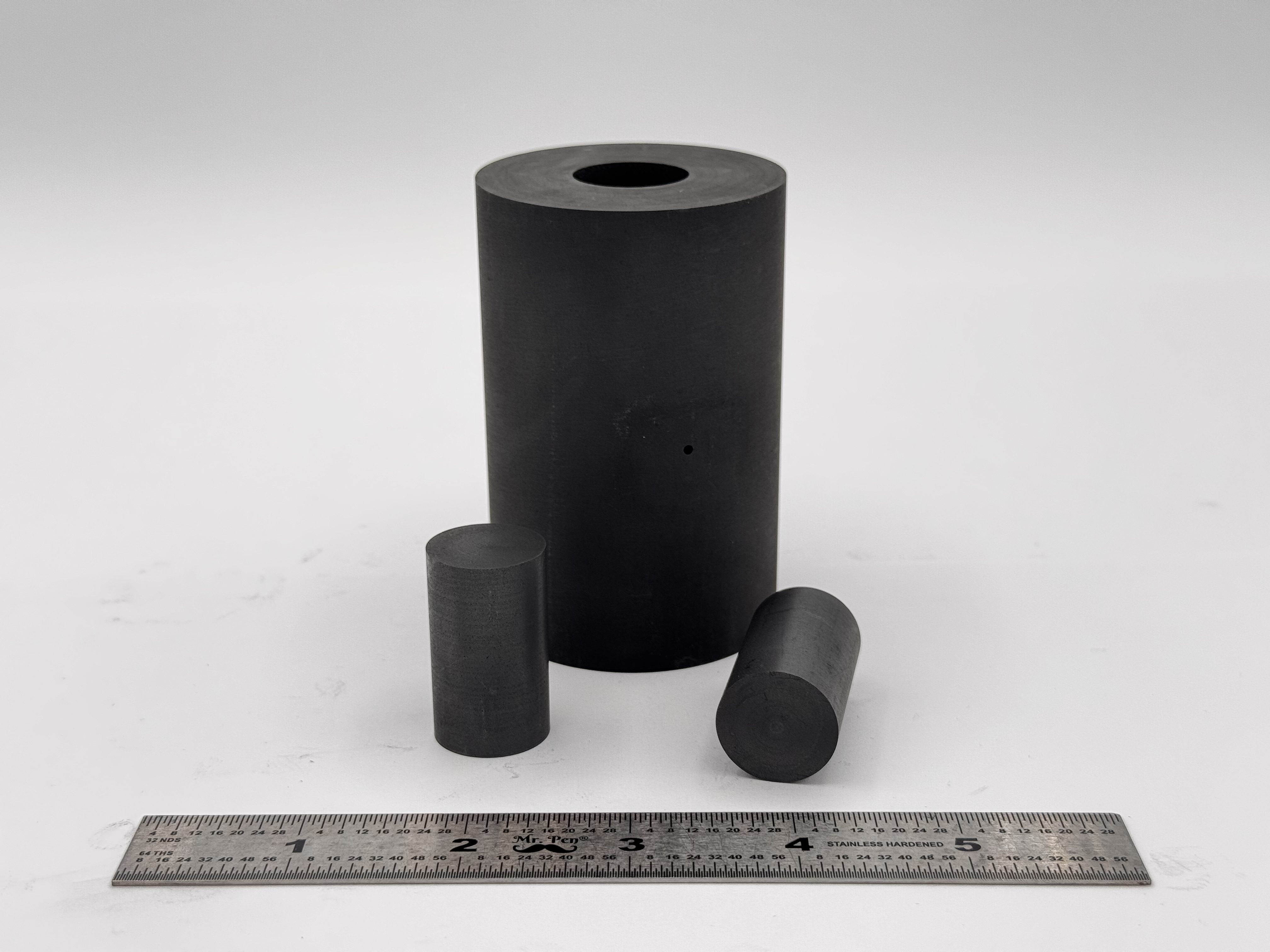 High Strength SPS Graphite Tooling
High Strength SPS Graphite Tooling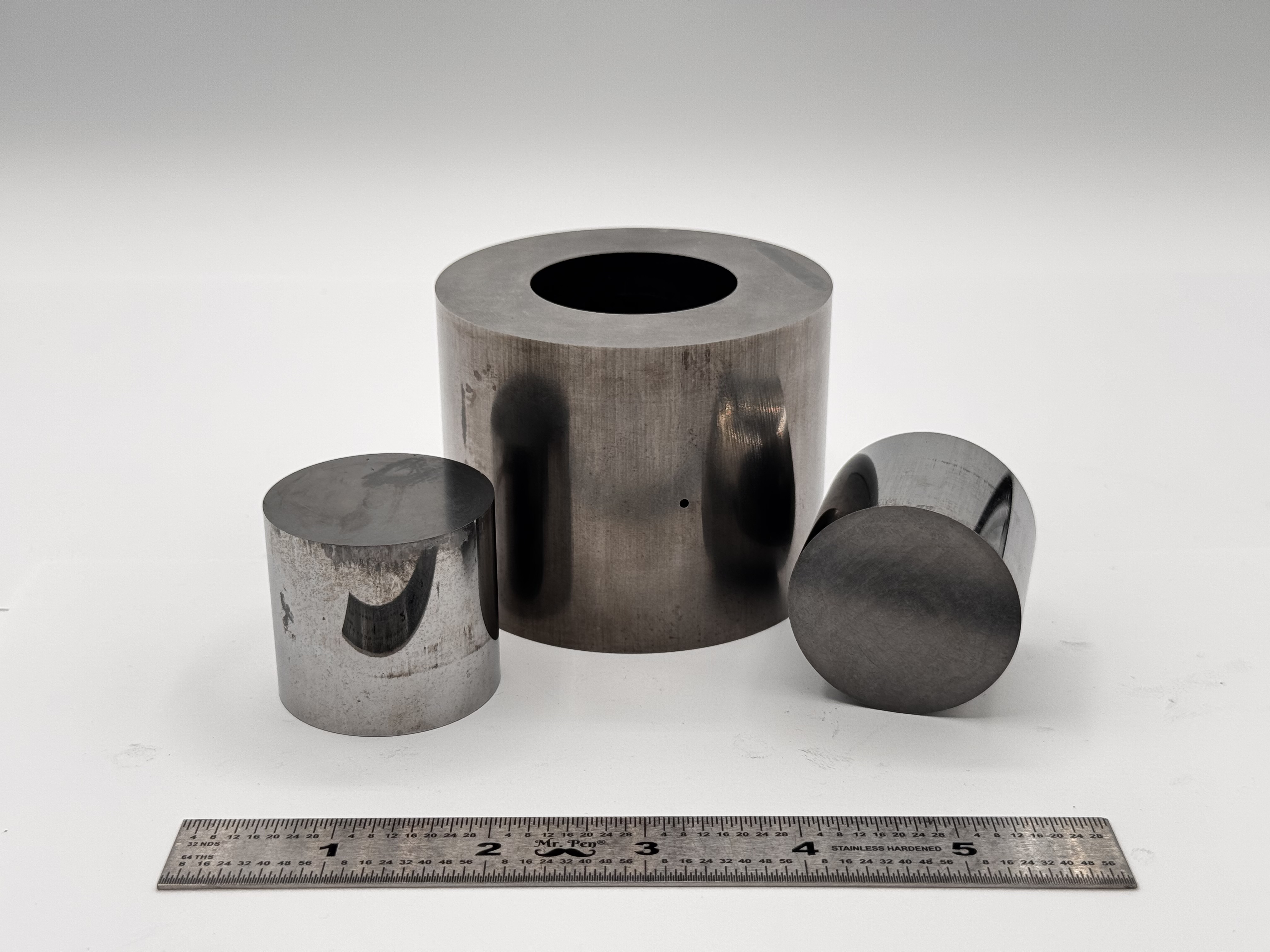 Tungsten Carbide Tooling
Tungsten Carbide Tooling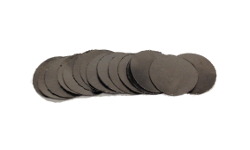 Carbon Graphite Foil / Paper
Carbon Graphite Foil / Paper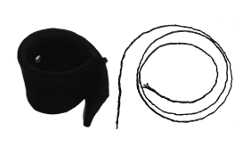 Carbon Felt and Yarn
Carbon Felt and Yarn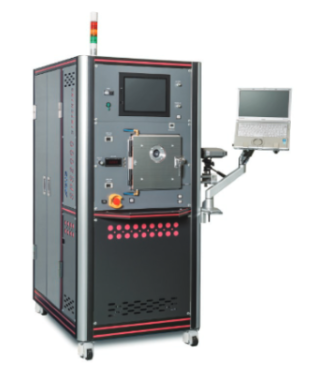 Spark Plasma Sintering Systems
Spark Plasma Sintering Systems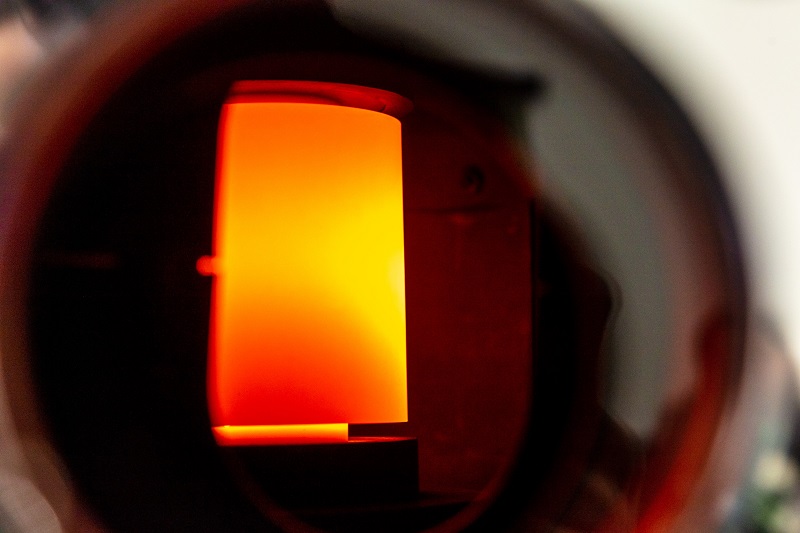 SPS/FAST Modeling Software
SPS/FAST Modeling Software